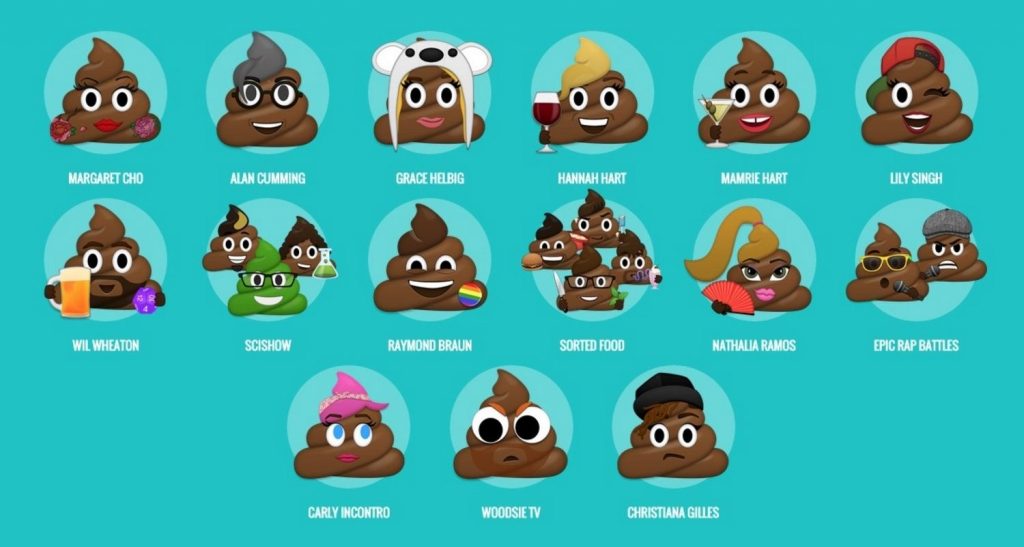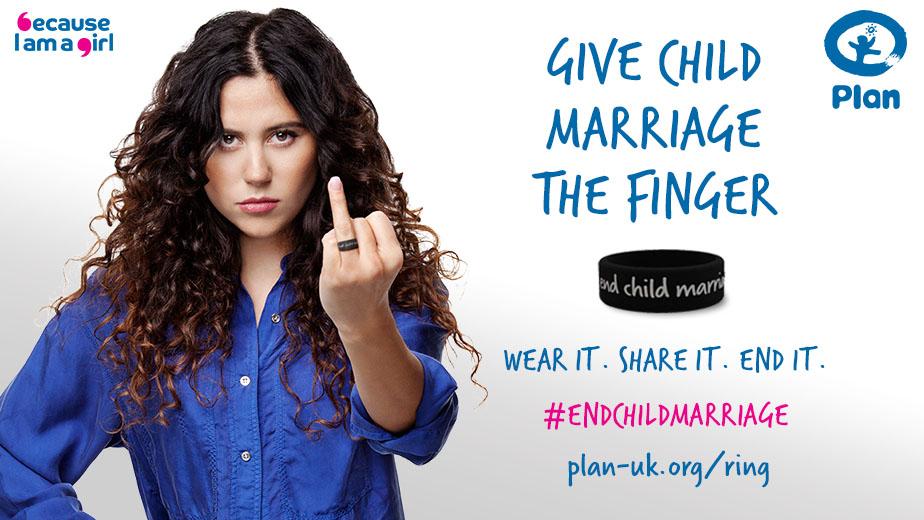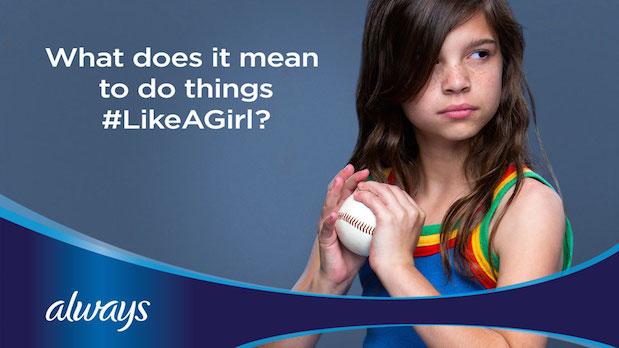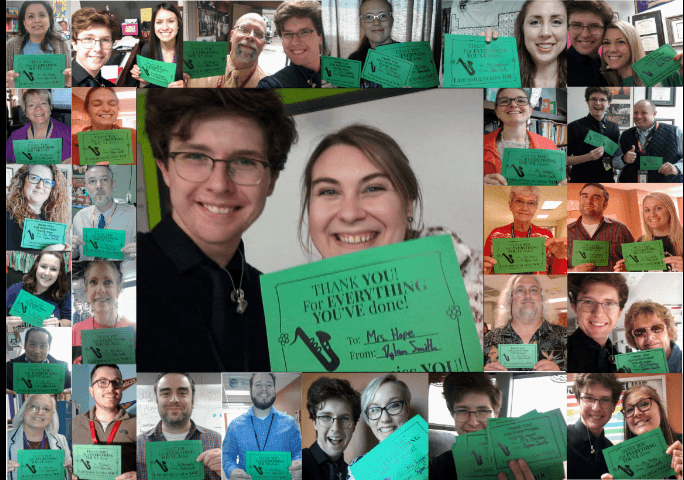 Nonprofit marketers from small to large organizations are leveraging social media platforms to grab attention, pique interest, and inspire curiosity in their programs and services.
Nonprofit marketers from small to large organizations are leveraging social media platforms to grab attention, pique interest, and inspire curiosity in their programs and services.
However, many nonprofit social media campaigns fall flat, launch to crickets, and don’t get results for their organizations.
Some nonprofit social media managers blame the tools and the algorithms (that’s not YOU 😜), while instead they should be examining and analyzing their own campaign collateral to see what they can improve.
Based on my experience designing and implementing successful nonprofit social media campaigns, I have taken note that there are certain elements and characteristics of campaigns that work and inspire, vs. those that are stagnant and ineffective.
How can you get your next social media campaign to catch on and take off like wildfire?
Here are 5 ways to inspire more engagement and participation:
1) Be provocative.
Gary Vaynerchuk says to “make your marketing strategy around attention – nothing else matters.
While I think effective marketing requires more than just attention, it is certainly the most important first step to a viral social media campaign.
If you can’t get people to notice, how will you get them to share it and to take action?
In order to raise awareness around declining honeybee populations, Pornhub developed the online campaign “Beesexual”.
Via this new channel, Pornhub users can scroll through so-called “bee porn” which are really short video clips of honeybees foraging and flying around and doing their thing.
Pornhub makes a donation for every bee porn video watched on the site.

To celebrate World Toilet Day and draw attention to the global sanitation crisis, Water Aid launched the Give a Sh*t app and social media campaign.
Create your own customized poop emoji with their graphics and share it with a statistic such as: Almost one in three people globally –2.3 billion – do not have a reliable toilet of their own.

The ring campaign from Plan International UK catches your eye and makes you read on.
It was designed to get people talking about the destructive and dangerous consequences of child marriage.

Nonprofits who want to grab eyeballs and get people to take action cannot be afraid to cause a little conversation and debate. If you are boring, you get ignored.
2) Incorporate peer pressure and competition.
Never underestimate the power of peer pressure and the spirit of friendly competition!
When a friend dumps a bucket of water over her head in a public forum, shares a video on social media, and specifically calls YOU out in front of all of your friends, you are going to feel pretty crappy if you don’t participate. (And the other friends involved won’t let you forget that you were challenged and tagged – trust me!)
Peer pressure means leveraging personal relationships to get people to ask their own networks to participate.
A stranger or a corporate representative asking me to take action on social media is not compelling and I won’t pay attention.
However, if it is someone I know and trust, doing something unexpected, and personally calling out other people that I know to follow suit, I am much more likely to stop scrolling.
DoSomething.org encourages teens and younger adults to create teams to complete five social change actions in five days to make the world better. Team members compete to score points by doing a new action every day.
3) Make the campaign VERY shareable.
When planning your social media campaign, think through the most shared types of content across the web.
Live video is #1, with on-demand video a close second, and photos and graphics after that.
Incorporate these types of eminently shareable content into your social media campaign to ensure maximum reach across social networks.
Embed share buttons on the campaign page on your website, include social sharing instructions in any email communications, leverage text, chatbots, any form of communication at your disposal to encourage people to share.
When you give people the tools to share and explicit instructions on how to do so, they are much more likely to follow through.
When people share their good deeds immediately, it makes them look and feel good.
Think about why people share content on social media in the first place – to showcase our values, our ethics, our worldview – to demonstrate what we stand for, and to look good to others.

4) Give absurdly easy instructions.
I’ve seen it all too often – social media campaigns that require me to do at least six different things to participate, to enter, to share it with my networks.
Don’t ask me to like, to share, to comment, to make a 5 minute video, and to call everyone in my contact list.
The more obstacles that you put in your audience’s way and the more actions you ask people to take will result in fewer conversions and much less engagement and action.
Ask these questions when planning your social media campaign:
Is this something that everyone can do?
Is this something that people of all ages will understand how to do?
Is this action easy to understand and easy to carry out on a mobile device?
Remember, if it’s a social media campaign, people are most likely accessing it from their smartphones.

5) The campaign relies on word of mouth.
Not to keep talking about it, but this is the key element that led to the success of the Ice Bucket Challenge.
People didn’t just complete the challenge, make a donation, and then go about their business.
They were required to pick one or more people to tag and challenge publicly – and asked the community to hold them accountable for completing the challenge, and nominating others, and so on.
It’s self-policing at its best!
No begging people to share, to tweet or to post – the word of mouth aspect is built directly into the challenge.
When someone is tagged, an even wider network discovers the challenge and learns about the cause. Brilliant!
How do you incorporate these elements into your nonprofit social media campaigns? Leave your thoughts in the comments!


Comments 1
Very useful and well explained blog.
Thank you for sharing.